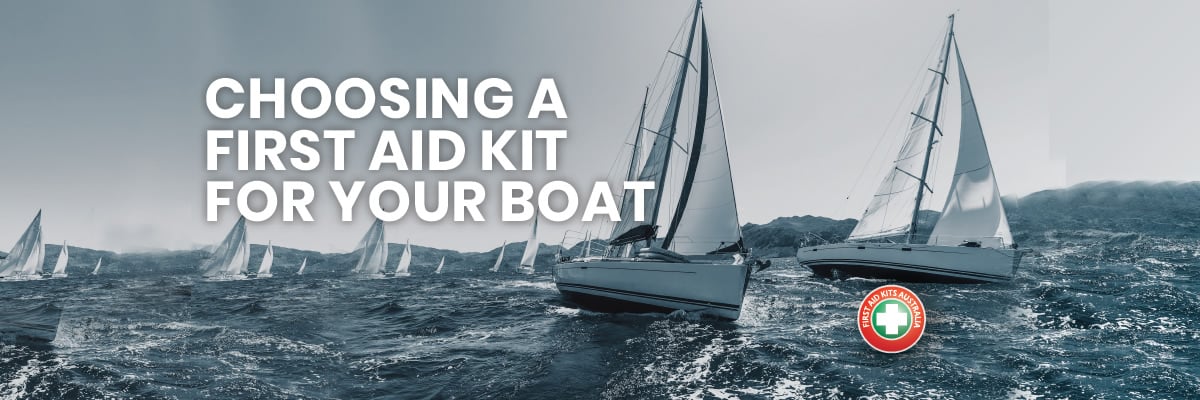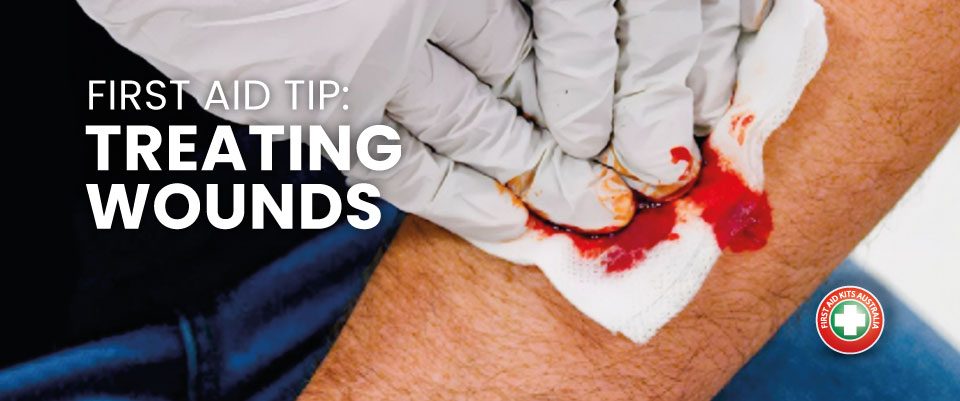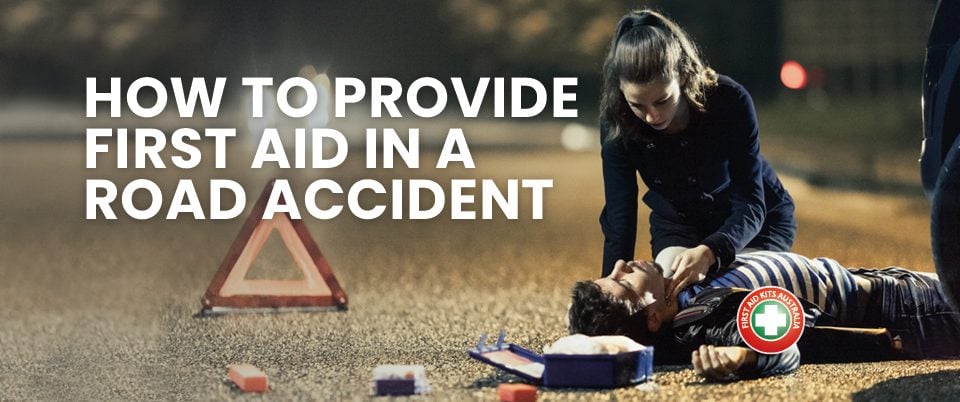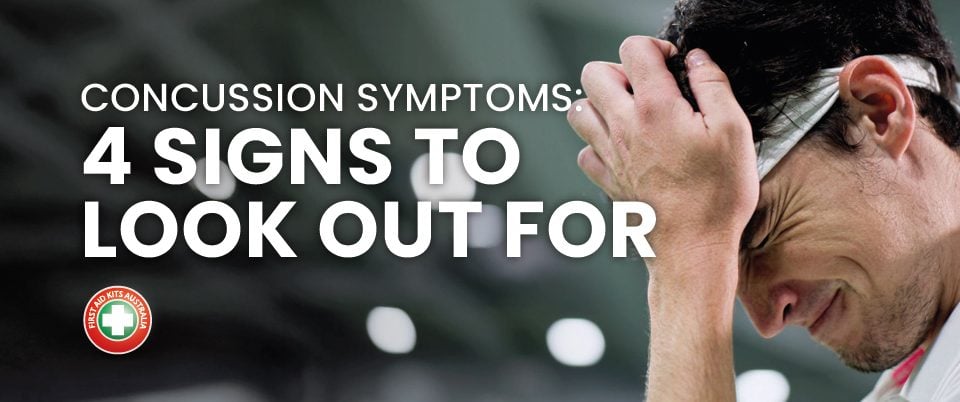
Be Safe this Xmas
5 December 2020
First Aid Tips: How to Prepare for Bushfire Season
4 January 2021Assisting someone in an emergency presents additional challenges if the accident occurs on the water. Access to help is not always readily available when on a marine vessel.
Having a well-stoked First Aid Kit is the easy way to improve your readiness for emergencies, specially in remote settings.
When choosing the appropriate First Aid Kit for your boat, here are some important things to consider:
What type of marine vessel do you own? Vessels are normally categorised as Passenger Berthed, Passenger Unberthed, Non-Passenger, Fishing, Hire or Dive.
What is the typical number of passengers you have on board?
Where do you intend to take the vessel? This is categorised as Smooth Water, Partially Smooth Water, Restricted Offshore Operations, Offshore Operations, and Unlimited Domestic.
So, what should be in a First Aid Kit for a boat?
A standard marine first aid kit include the minimum medical supplies and equipment needed to treat minor medical conditions and injuries, or to temporarily stabilise a patient until they can be transferred to medical assistance.
Essential First Aid Kits items
First Aid Guide
Nitrile Gloves
Antiseptic wipes to clean wounds
Anaesthetic & Antiseptic Cream
A variety of adhesive bandages
Individually wrapped, sterile gauze pads to control bleeding
Adhesive tape to hold a dressing or splint in place
Wound Closure Strips
Disposable towels to control bleeding or as a wrap for ice
Cold packs
Scissors and Scalpel
Aspirin
Eye Pad
CPR Mask
At First Aid Kits Australia we have a helpful table to assess your needs – https://firstaidkitsaustralia.com.au/first-aid-kits/marine-boating
Two Common Marine First Aid Kits include:
F SCALE MARINE FIRST AID KIT for vessels that operate up to 6 hours from help in variety of waters (from smooth water to offshore conditions), such as motor yachts, ships, trawlers, game boats, dive boats and sailboats.
You can review its contents here: https://firstaidkitsaustralia.com.au/first-aid-kits/marine-boating/F-Scale-Marine-First-Aid-Kit
G SCALE MARINE FIRST AID KIT is for vessels that operate up to 2 hours from help in a variety of water (from smooth water to offshore conditions), such as cabin cruisers, motor yachts, game boats, bay and river cruisers, houseboats, dive boats and sailboats.
You can review its contents here: https://firstaidkitsaustralia.com.au/first-aid-kits/marine-boating/G-class-marine-first-aid-kit
The purpose of both First Aid Kits is to provide assistance for small groups who may suffer minor injuries and meets minimum requirements for Australian Maritime Safety Authority (AMSA) Class F and G First Aid Kits (if purchased with the Class F Medicine Pack).
Characteristics of our First Aid Kits:
Smart Design. Organized to quickly identify internal contents, saving precious time and avoiding having to dump everything on the ground and sift through it to find what is needed.
User Friendly. Included is the First Aid Kits Australia Basic Hints Guide with information on: CPR, Choking, Shock, Bleeding, Heart Attack, Stroke, Vital Signs, Allergies, Head Injuries, Diabetes, Asthma, Epilepsy, Venomous Bites and Stings, Poisoning
High Quality Materials: The Case is water resistant and made on hard plastic designed to keep contents together and dry. It is fastened securely with quick-release closures.
Other Considerations:
If you will be greater than 6 hours from help, and/or will have more than 10 people on your vessel, you should consider a more comprehensive First Aid Kit.
If you are unsure of the nature or seriousness of an illness or injury or if the injury or illness affects a child, you should radio for medical advice.
First Aid kits must be checked and recorded every 3 months, as per IAW with AMSA regulations.
You might also consider enrolling in a First Aid Training Course. Contact our partners at Fluid First Aid for more information
Consider adding a Defibrillator to your safety equipment
And remember: having a proper First Aid Kit on board can help and even save a life.
If you have any questions or need assistance to choose your First Aid Kit for your vessel, do not hesitate to call us at 1300 789 541





